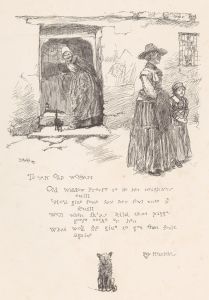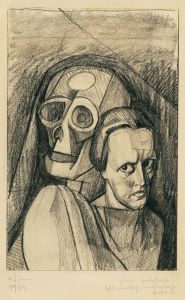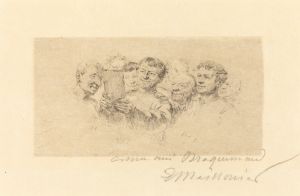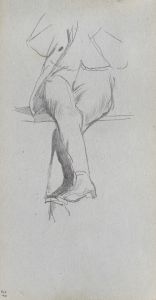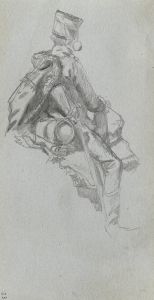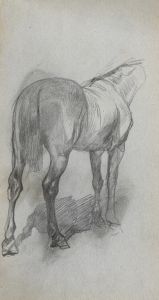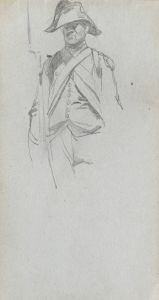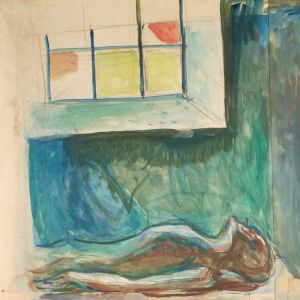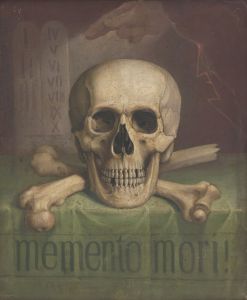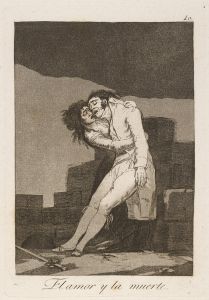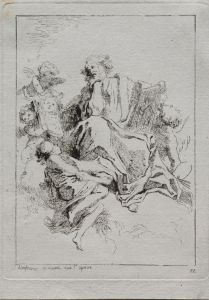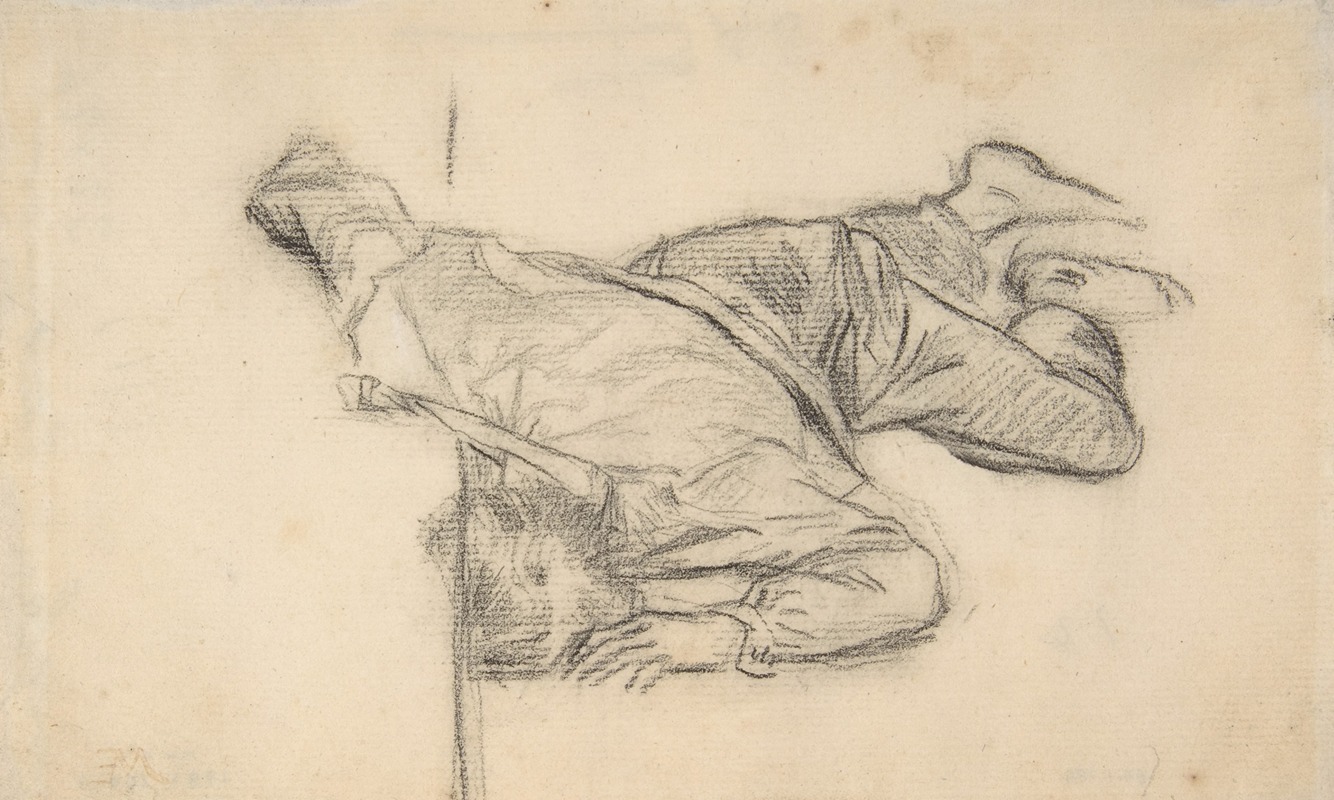
Dead Man
A hand-painted replica of Ernest Meissonier’s masterpiece Dead Man, meticulously crafted by professional artists to capture the true essence of the original. Each piece is created with museum-quality canvas and rare mineral pigments, carefully painted by experienced artists with delicate brushstrokes and rich, layered colors to perfectly recreate the texture of the original artwork. Unlike machine-printed reproductions, this hand-painted version brings the painting to life, infused with the artist’s emotions and skill in every stroke. Whether for personal collection or home decoration, it instantly elevates the artistic atmosphere of any space.
"Dead Man" is a painting by the French artist Ernest Meissonier, who is renowned for his meticulous attention to detail and his depictions of historical and military scenes. Meissonier was born in Lyon, France, on February 21, 1815, and he became one of the most celebrated painters of the 19th century. His works are characterized by their precision and the realistic portrayal of subjects, often focusing on the Napoleonic era.
The painting "Dead Man" (French: "Homme mort") is an example of Meissonier's ability to capture the somber and poignant aspects of life. The exact date of the painting is not widely documented, but it is consistent with his style and thematic focus during the mid to late 19th century. The artwork depicts a lifeless male figure, which is a subject that Meissonier approached with a sense of realism and respect for the human condition.
Meissonier's technique involved a painstaking process of observation and study. He was known to create numerous sketches and studies before finalizing his paintings. This dedication to accuracy is evident in "Dead Man," where the attention to anatomical detail and the careful rendering of textures contribute to the overall impact of the piece.
The painting is relatively small in scale, which is typical of Meissonier's work. He often preferred to work on a smaller canvas, allowing him to focus on intricate details. The composition of "Dead Man" is simple yet powerful, with the figure of the deceased man occupying the central position. The background is kept minimal, drawing the viewer's attention to the subject and evoking a sense of solemnity.
Ernest Meissonier's works were highly regarded during his lifetime, and he received numerous accolades and honors. He was a member of the Institut de France and was awarded the Grand Cross of the Legion of Honour. His paintings were sought after by collectors and were exhibited in prestigious venues.
"Dead Man" reflects Meissonier's interest in the human experience and his ability to convey emotion through his art. While the painting may not be as widely recognized as some of his other works, it remains a testament to his skill and his commitment to portraying the realities of life with honesty and precision.
Meissonier's legacy continues to be appreciated by art historians and collectors. His influence can be seen in the works of later artists who admired his dedication to detail and his ability to capture the essence of his subjects. "Dead Man" is a poignant example of his artistry, offering a glimpse into the somber and reflective side of his oeuvre.





